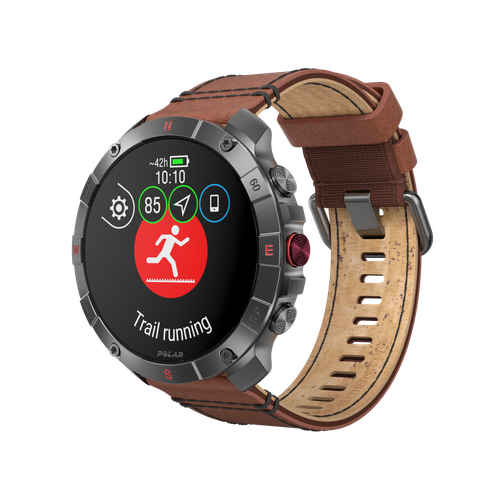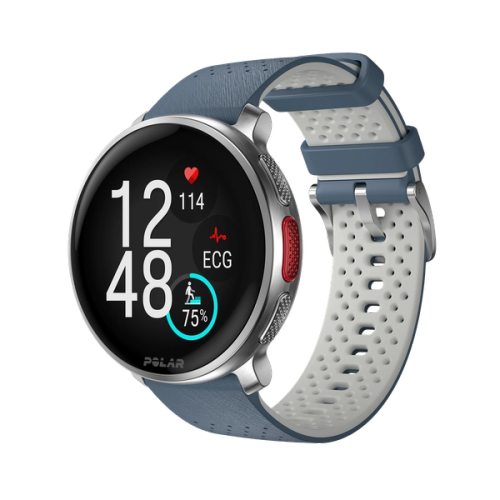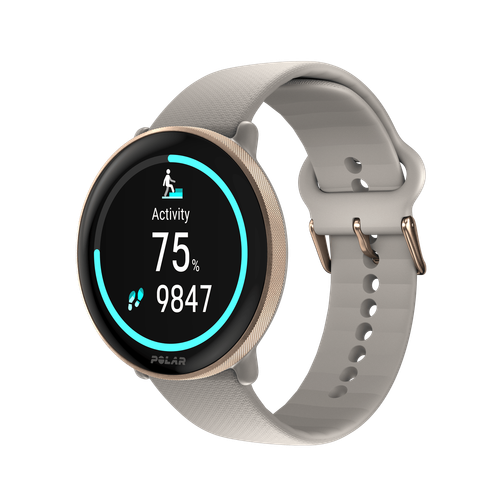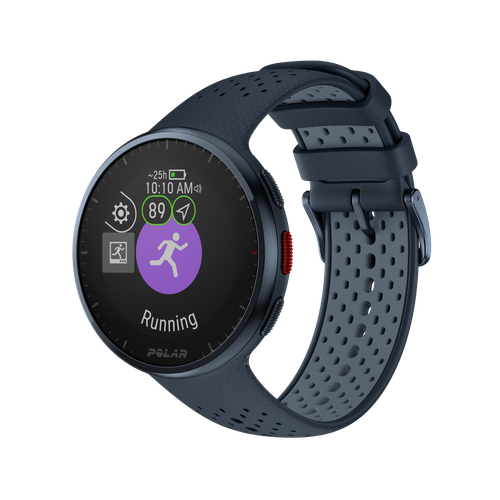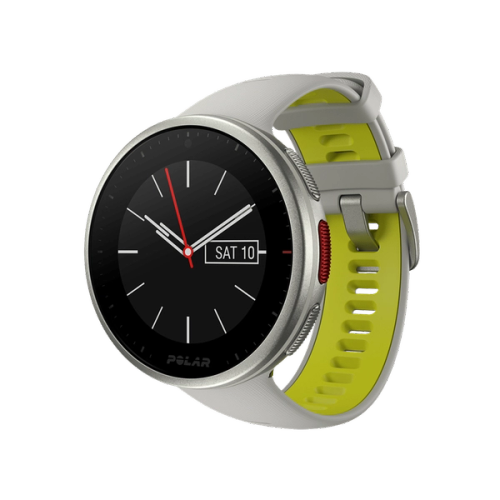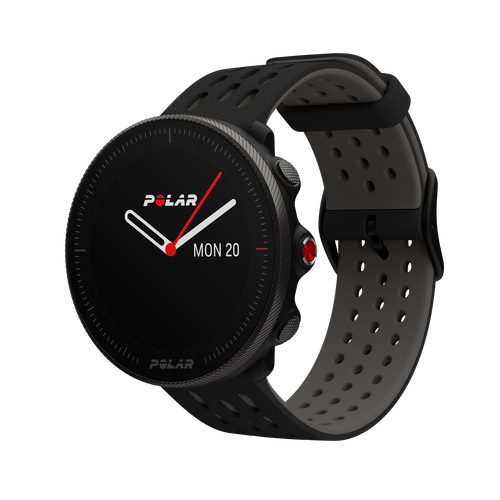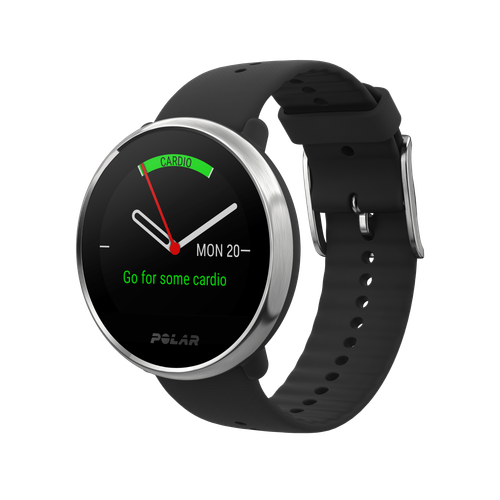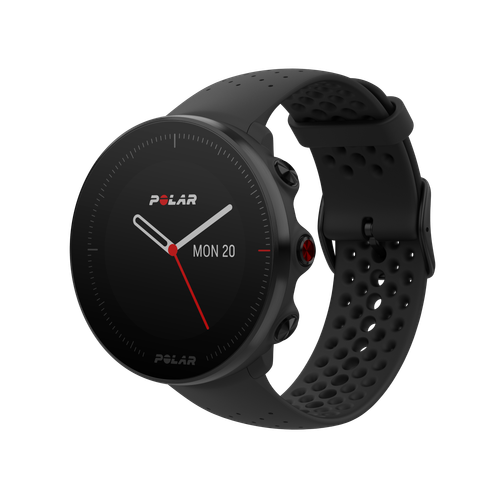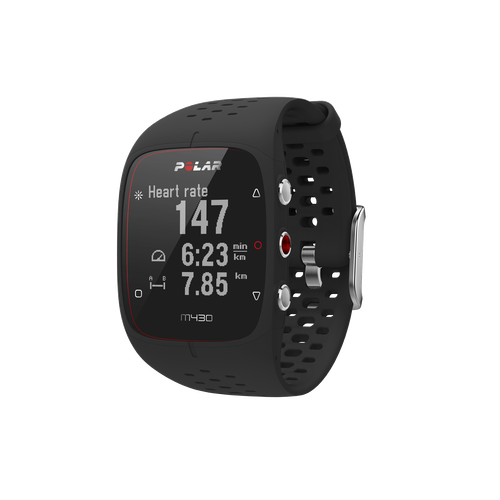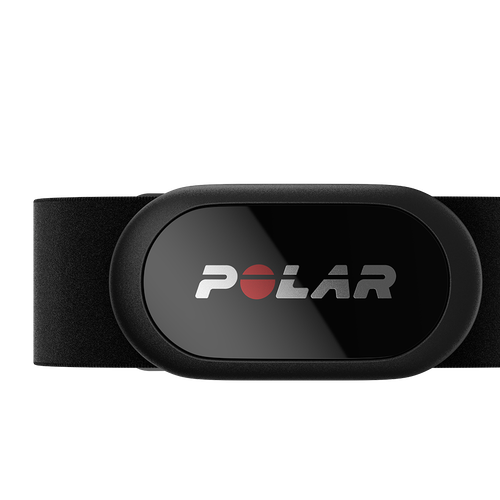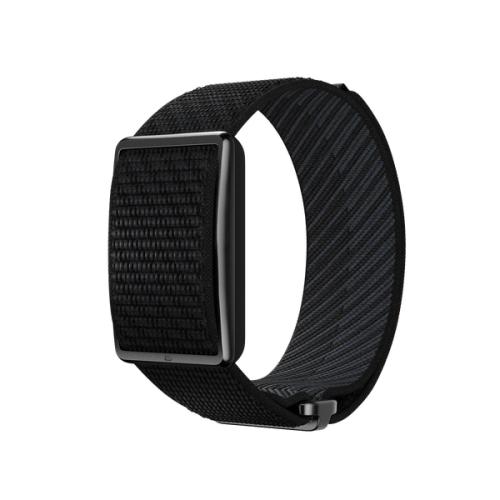Plus, a 5K is a lot of fun because it’s all about speed. The 5k is like the sports car of running distances—short, quick, and designed to make you go ZOOM! But be careful—if you don't learn to pace yourself, the 5K can quickly become grueling.
Ready to activate those fast-twitch fibers and discover muscles you never knew existed? The following 5k training plans will awaken your inner speed demon in just a few weeks.
Overview
Running a 5K is absolutely within reach, no matter where you're starting from! If you're already active at least three days a week, the beginner's plan should feel manageable. But if running is brand-new to you or your lifestyle isn’t very active yet, give yourself a few weeks to ease into it. Walk/run intervals are a fantastic way to start—they’re easy on your body and help build endurance without overwhelming you. Take it step by step, and you’ll be 5K-ready before you know it!
If you've already completed a 5K or have more running experience, feel free to jump straight to the intermediate level.
5k Training Plan for Beginners
5k Intermediate Training Plan
Your coach: Benita Willis
Benita Willis, world renowned runner, World Champion, four-time Olympian, is the head coach and owner of Lace Up Running. Benita is one of Australia’s greatest distance runners and has been a specialist running coach for over two decades. Lace Up Running is a fun, social fitness group developed and run by positive, inspiring people to enable you to get fit, feel happy, in an all-inclusive environment. Benita specializes in crafting running programs for beginner to advanced runners across 5-42K and beyond.

Glossary
Before you dive in, we recommend getting familiar with the basic rules and lingo of running—it’ll make the journey smoother and more fun! Plus, we’ve included a handy pace chart to help you nail the right effort level for each run.
Easy Run: A relaxed, conversational-pace run for aerobic development and recovery while maintaining mileage.
Fartlek: Swedish for "speed play," combining continuous running with bursts of faster effort to improve aerobic and anaerobic fitness.
Hill Training: Running uphill to build strength, power, and cardiovascular endurance, often done in repeats with recovery jogs downhill.
Interval Training: Alternating high-intensity running with recovery periods to boost speed and endurance, e.g., 400-meter sprints with 200-meter jogs.
Long Run: A slower-paced, extended run to build endurance, aerobic capacity, and mental toughness for distance running.
Recovery Run: A short, slow run after a hard effort to promote blood flow and muscle recovery without adding stress.
Speed Work: Workouts focused on improving running speed, including intervals, tempo runs, and strides to increase efficiency and fast-twitch muscle activation.
Strides: Short, near-max effort sprints (20–30 seconds) to improve form, turnover, and efficiency with minimal fatigue.
Tapering: Reducing training volume before a race to recover fully and peak on race day.
Tempo Run: A sustained, "comfortably hard" effort to improve the lactate threshold, making faster paces easier to maintain.
For more training tips and exclusive content, join the Polar newsletter
Subscribe
Pace chart
One of the key secrets to crushing your goal of running a 5K is training at the right intensity for each workout—not too fast, not too slow. Hitting that sweet spot helps prevent injuries and keeps overtraining at bay.
For most of this 5K training plan, you’ll run at an easy, conversational pace. This relaxed effort is the foundation for building the endurance you’ll need to power through the entire race feeling strong and steady.
A great way to fine-tune your pace is by training with heart rate as your guide. Monitoring your heart rate helps you gauge your effort level more accurately than just guessing or relying on how you feel. To get started, you’ll need to estimate your maximum heart rate (MHR), which serves as the foundation for calculating your heart rate zones.
One reliable way to determine your MHR is through a stress test, where you push yourself to near maximum effort under controlled conditions, such as running or cycling. If a full stress test isn’t an option, as a rule of thumb, you can use the age-based formula: 220 minus your age (though it’s less precise). Once you have your MHR, you can use it to structure your runs, ensuring you stay in the right zone—whether it's easy, aerobic, or speed-focused—to make the most of your training while avoiding burnout or injury.
Pro tip: By doing the Polar Running Performance Test, you can estimate your unique training zones (heart rate, speed, and power zones). All you need to do is go for a progressive run for at least six minutes and reach at least 85% or your maximum heart rate.
The chart below maps out how various workout types align with specific heart rate zones and target paces, helping you train smarter and get the most out of each session.
| Workout type | Heart Rate Zone | Target Pace (Times Slower/Faster) | Example Pace (Best 1k: 4:00 min/km)) | Example Pace (Best 1k: 6:00 min/km) |
|---|
| Recovery runs | 50-60% of maximal HR | 1.30 - 1.40 times slower | 5:12 - 5:36 min/km | 7:48 - 8:24 min/km |
|---|
| Long runs | 60-70% of maximal HR | 1.20 - 1.30 times slower | 4:48 - 5:12 min/km | 7:12 - 7:48 min/km |
|---|
| Aerobic threshold (Tempo runs) | 65-75% of maximal HR | 1.05 - 1.10 times slower | 4:12 - 4:24 min/km | 6:18 - 6:36 min/km |
|---|
| Moderate Runs | 75-85% of maximal HR | 1.00 - 1.05 times slower | 4:00 - 4:12 min/km | 6:00 - 6:18 min/km |
|---|
| Long intervals (500-1200m) | 85-95% of maximal HR | 1.00 - 1.05 times faster | 3:48 - 4:00 min/km | 5:42 - 6:00 min/km |
|---|
| Short intervals (200m-400) | 90-100% of maximal HR | 1.05 - 1.10 times faster | 3:36 - 3:48 min/km | 5:24 - 5:42 min/km |
|---|
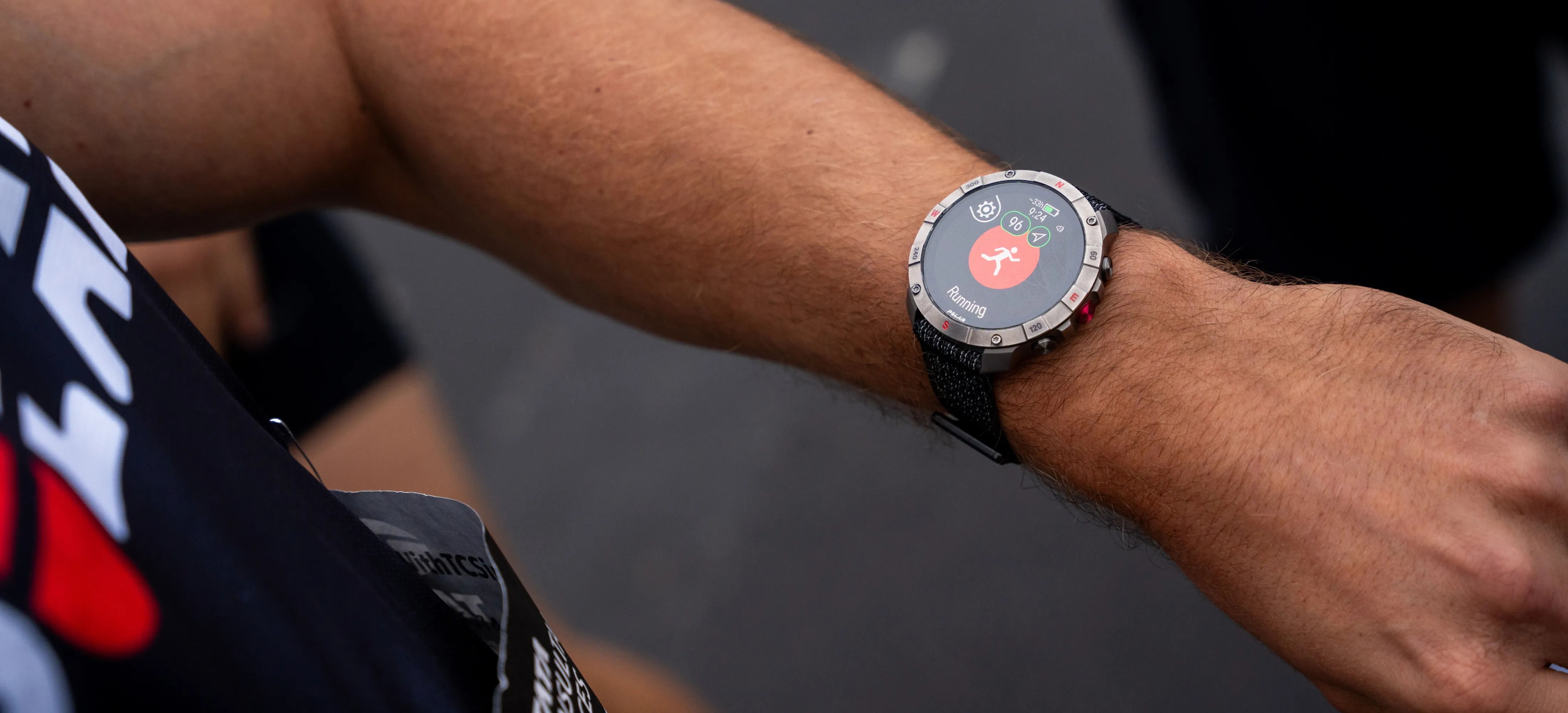
Playbook
Following a 5k training plan requires discipline. Here are some key guidelines to help ensure your success on the road to completing a 5K.
- Warm up: Is a 5min walk/5min jog then some dynamic stretching (3-5min) then 2 x 80m strides (faster running in a straight line) at about 5km pace feel (walk back after each). Warm down: 5-10min walk.
- Cross training: All cross training is optional. It can be anything you enjoy including walking, riding, swimming, elliptical, strength training etc. It’s important to keep it easy as it is included to supplement your aerobic base conditioning while keeping impact to a minimum to prevent injuries.
- Stick to the plan: If you miss a training session, resist the temptation to cram it in or double up on your next workout. Trying to "make up" for lost training time can lead to burnout and increased injury risk. When you skip a session, simply pick up where the plan indicates and continue forward. If you miss several sessions, ease back into the plan.
- Prioritize rest: Recovery is training, too. Prioritize consistent sleep and listen to your body. If you're exhausted, skipping a workout isn't failure - it's smart training. Rest allows your body to repair, rebuild, and come back stronger.
- Training to heart rate: You will see in the program below, that the training sessions relate to Heart Rate Zones. Tracking your heart rate is the best way during a run (and for recovery) to ensure success, and that you are following the coach’s plan.
Personalize your training plan
With Polar Flow and your Polar watch, you’ll have access to a personal running plan tailored to your fitness level and goals. Simply select your race distance and event date—it’s that easy.
Designed around your fitness level, this adaptive plan evolves as you progress, guiding you through every run. Sync daily targets to your Polar watch and let it lead the way. With added strength, core, and mobility exercises, plus finish-time predictions, you’ll have everything you need to crush your goals.
More about Polar Running Program
undefined
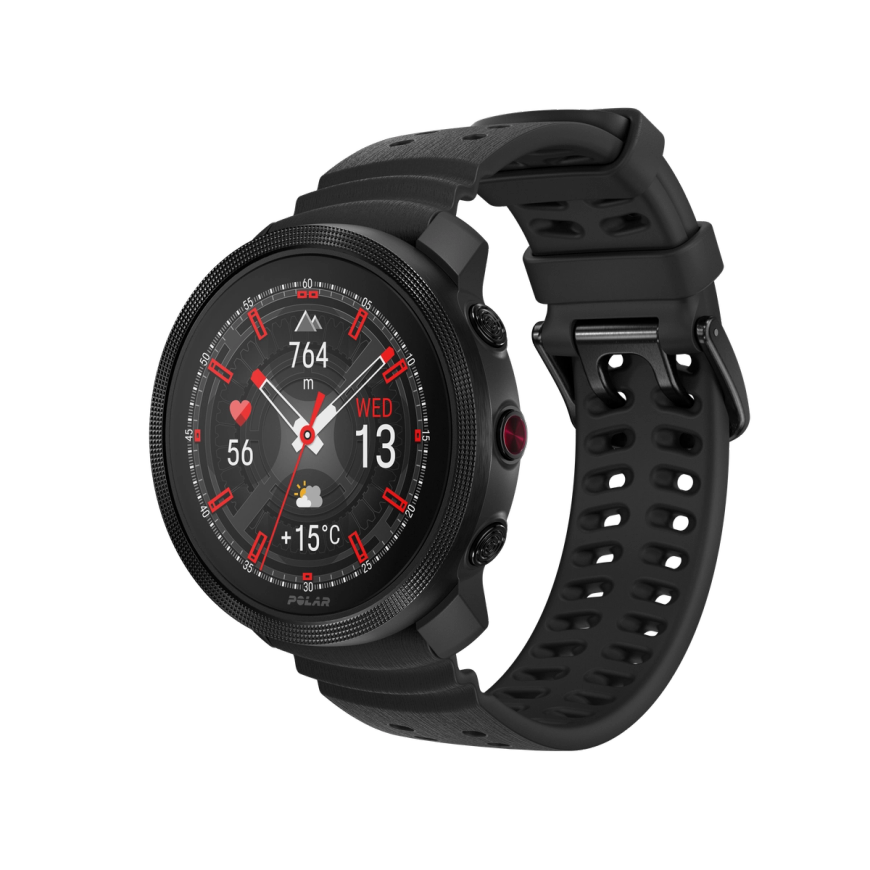
Polar Vantage M3
Smart Multi-Sport Watch
Polar Vantage M3 is a smart multi-sport watch for multi-sport athletes that’s compact yet powerful, stylish yet strong, and designed to bring extraordinary training, sleep and recovery tools into everyday life.
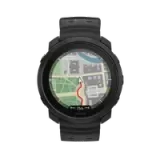 Polar Vantage M3
Polar Vantage M3
 Polar Grit X2 Pro Titan
Polar Grit X2 Pro Titan
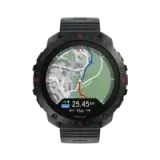 Polar Grit X2 Pro
Polar Grit X2 Pro
 Polar Grit X2
New
Polar Grit X2
New
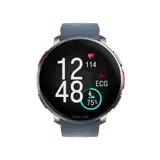 Polar Vantage V3
Polar Vantage V3
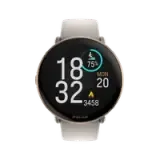 Polar Ignite 3
Polar Ignite 3
 Polar Ignite 3 Braided Yarn
Polar Ignite 3 Braided Yarn
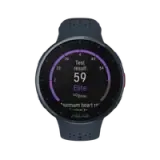 Polar Pacer Pro
Polar Pacer Pro
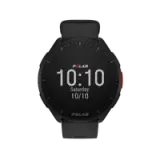 Polar Pacer
Polar Pacer
 Polar Unite
Grit X Series
Vantage Series
Pacer Series
Ignite Series
Polar Unite
Grit X Series
Vantage Series
Pacer Series
Ignite Series










